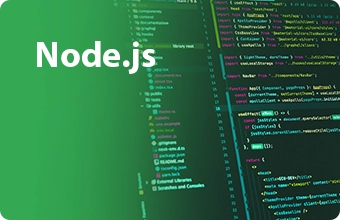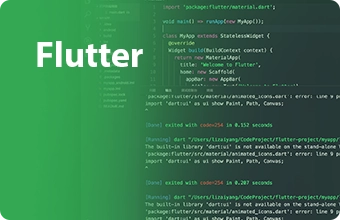React JS
React.js, often referred to as React, is an open-source JavaScript library for building user interfaces (UIs) or user interface components. It is widely used for creating interactive and dynamic user interfaces for web applications. React is known for its declarative syntax and the ability to efficiently update and render components.

Web Development with React JS Training
Refine your web development skills with our board React JS training program. This course is diligently designed to provide you with deep insight knowledge and hands-on experience, permitting you to create dynamic and interactive web applications. Associate with our Logiprompt Pro Academy, institute in Kerala, Thiruvananthapuram to become skillful in this popular front-end JavaScript library.
Why Choose Our Training Institute?
In our Logiprompt Pro Academy institute in Kerala, we offer a carefully handpicked curriculum that covers both fundamental and advanced concepts of React JS. Our training program focuses practical learning and real-world applications, ensuring that you are wellprepared for industry challenges. With experienced instructors who are experts in the field, you’ll receive guidance every step of the way in your learning journey.
Key Features of Our Training Program
- Extensive Curriculum: Covering all aspects of React JS development, including componentbased architecture, state management, routing, and more.
- Experienced Tutors: Learn from industry professionals with years of expertise and in-depth knowledge.
- Hands-on Training: Engage in practical sessions and real-world projects to apply the concepts you learn.
- State-of-the-Art Infrastructure: Benefit from modern training facilities equipped with the latest tools and technologies.
- Mouldable Learning Options: Choose from online or offline classes to suit your schedule and learning preferences.
React JS Training in Thiruvananthapuram
Our React JS training program is available in Thiruvananthapuram, providing you with approach to a flourish tech ecosystem. Benefit from networking opportunities with industry professionals and potential employers in this vigorous capital city of Kerala.
Initiate your journey to becoming a proficient React JS developer with our absolute training program. Whether you’re starting your career or looking to strengthen your skills.
Let us assist you in achieving your career aspirations and becoming a proficient React JS developer.
You May Like
Our thoughtfully designed internship programs provide a tailored and enriching experience for aspiring professionals.
































